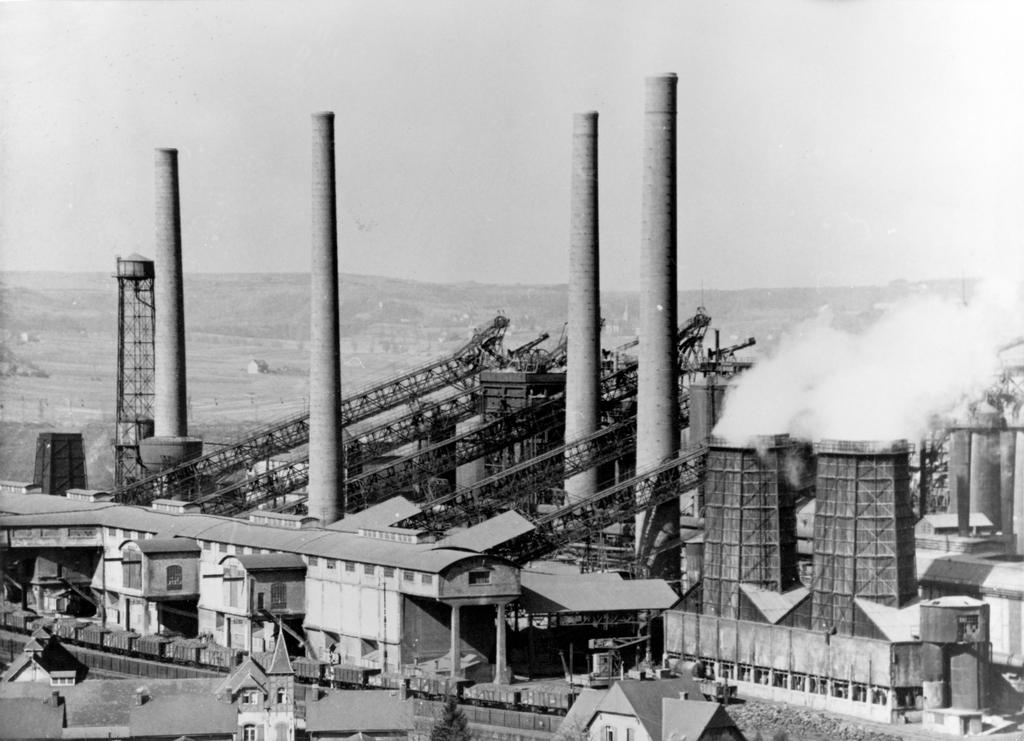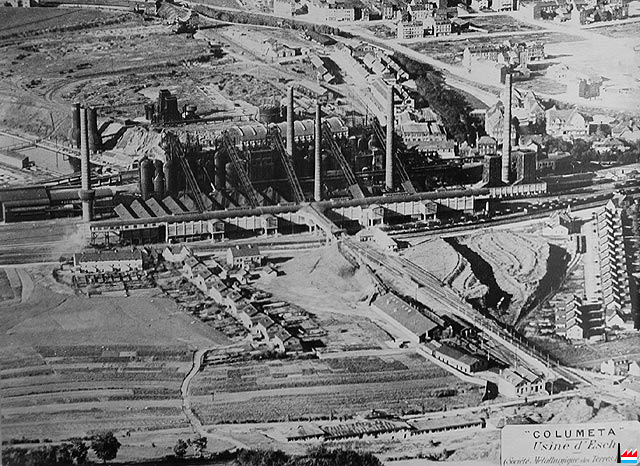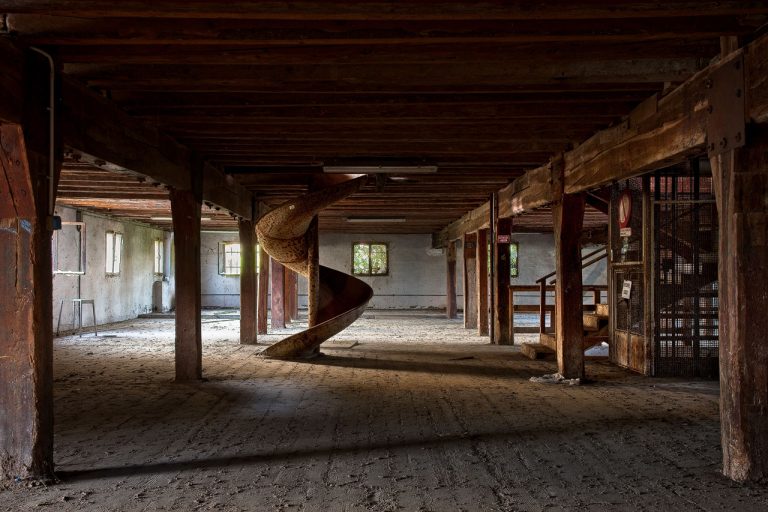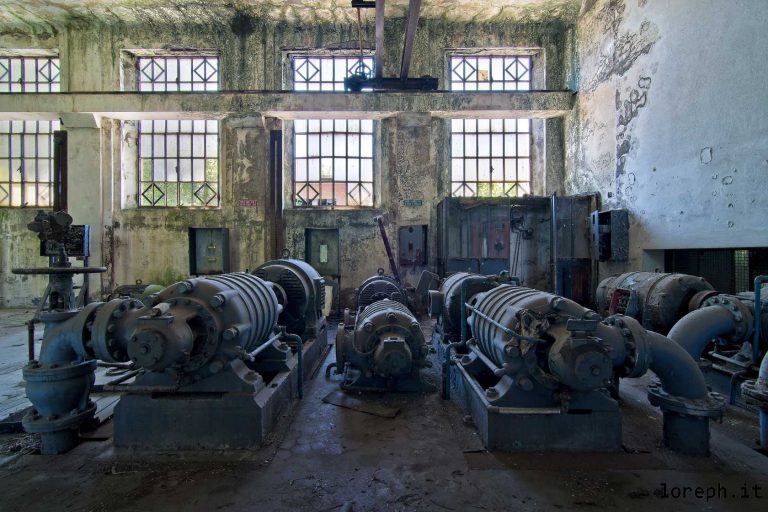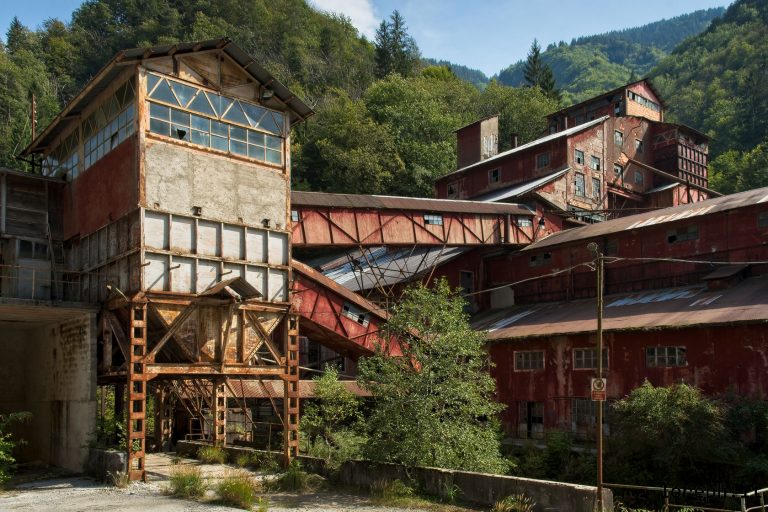TERRES ROUGES [LU]
Exploration #106. Terres rouges (red soil) takes the name from the ferruginous ore of its soil. The most extended part of this deposit is in France, but due to geology of the zone, Luxembourg took the most advantage. The ore breaks the surface here and is was easy to extract in large quantities which gave them a tremendous advantage over the French miners.
The first foundry was opened in 1870 and in 1872 the first iron ore blast furnace was heated. From 1937 the site was operated by ARBED, now incorporated into ArcelorMittal. At the peak of the steel industry this was a huge site: it consisted in many blast furnaces, rolling mill and steel works connected together by a railway network. Production began to drop in the 1950s, when there was a sudden decline in European iron and steel industry. It stopped in 1977 and the majority of the machineries were dismantled and sold on to Asian countries.
In September 2018, IKO Real Estate submitted its project for reconverting the Terres rouges site into a new sustainable, innovative, model residential district. These pictures are of the iron-ore silos, the only buildings left at the time of my visit (2017).












